
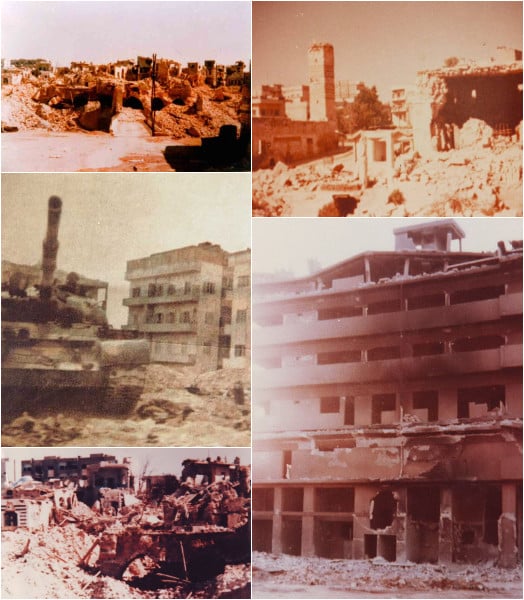

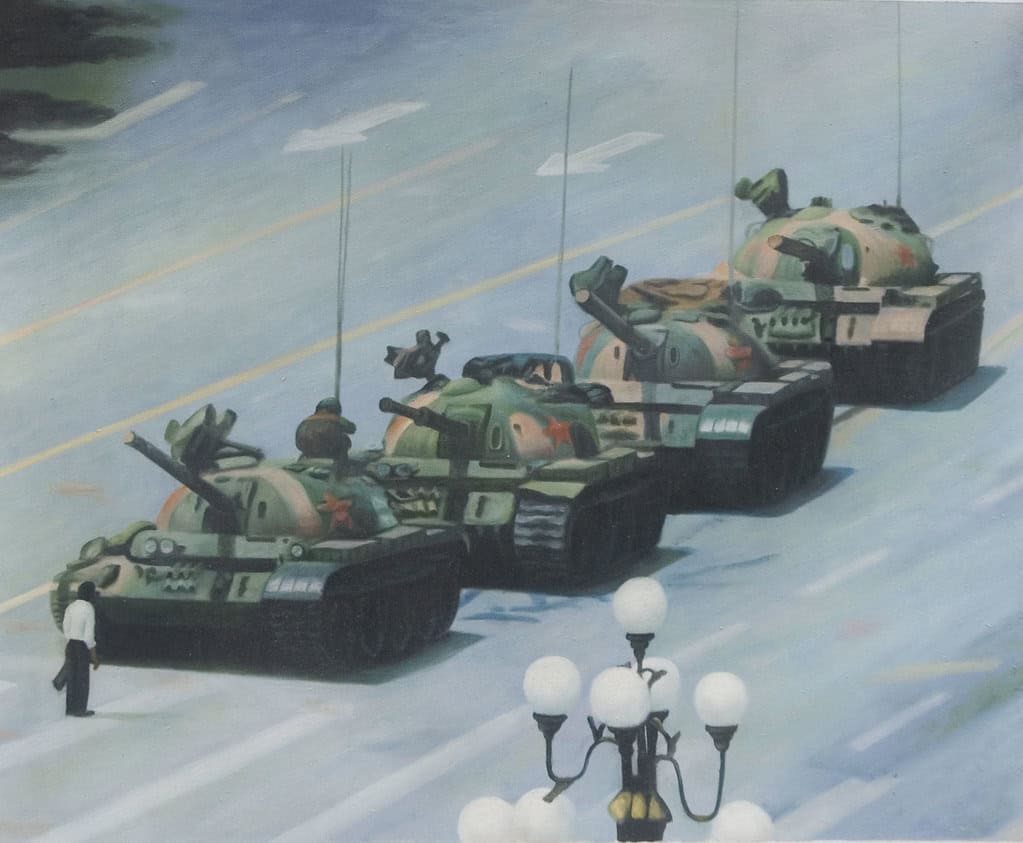
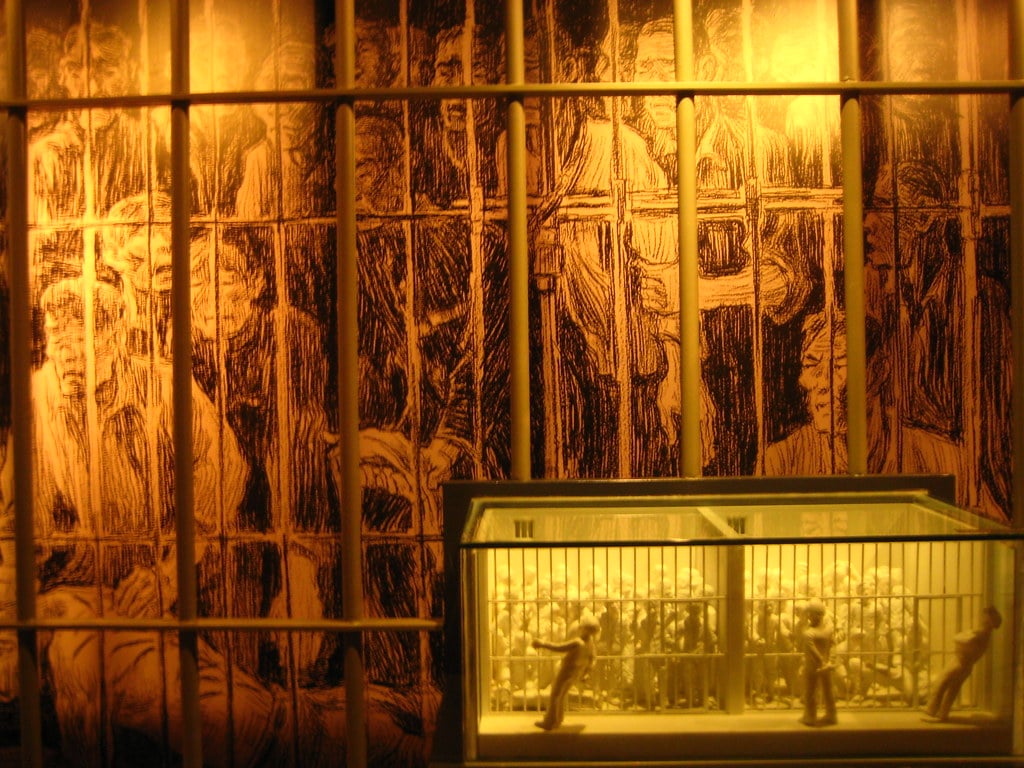
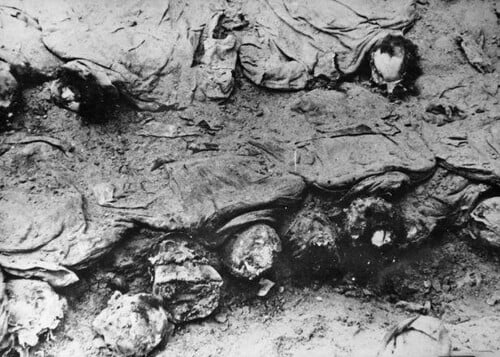
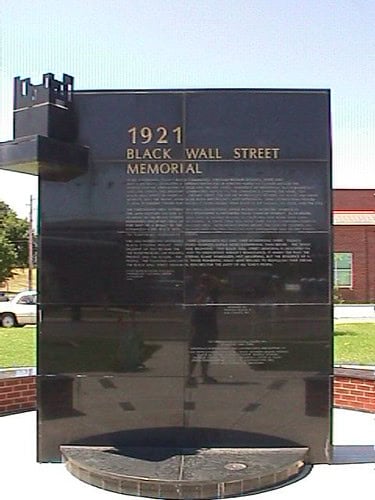
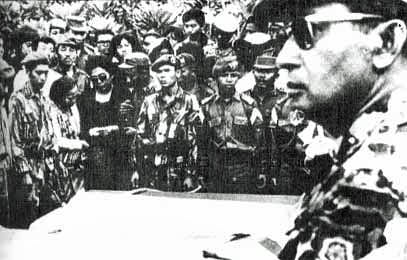
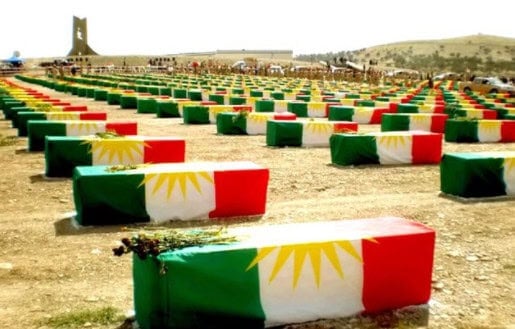

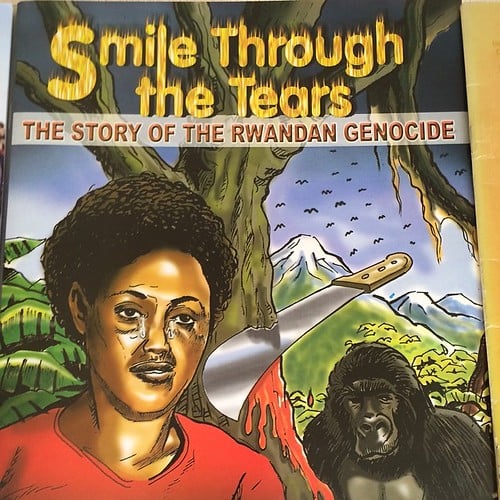
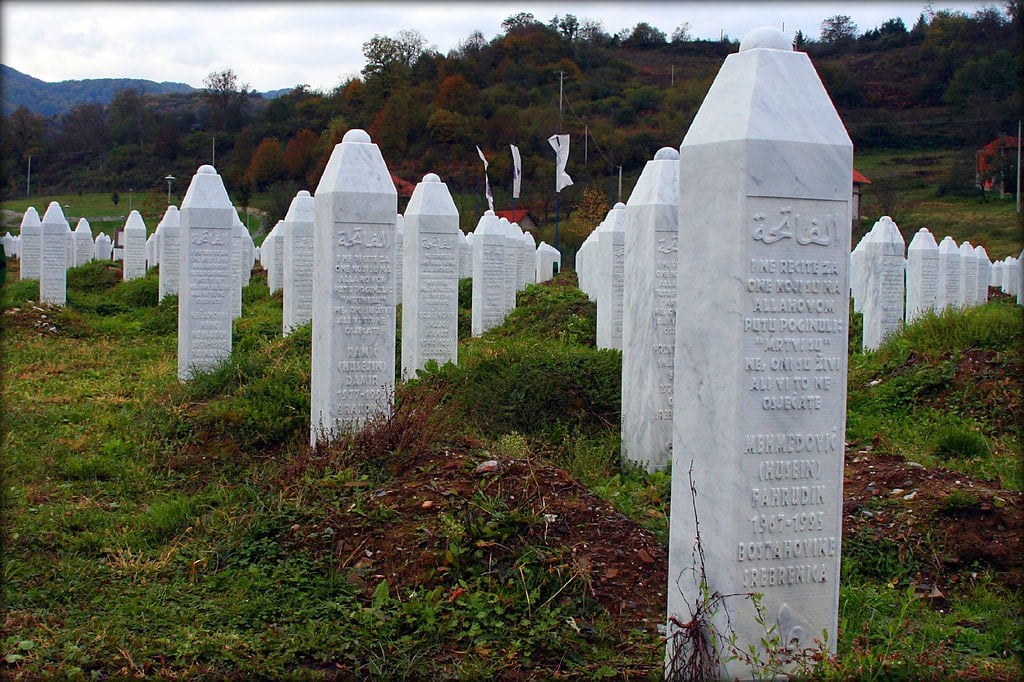
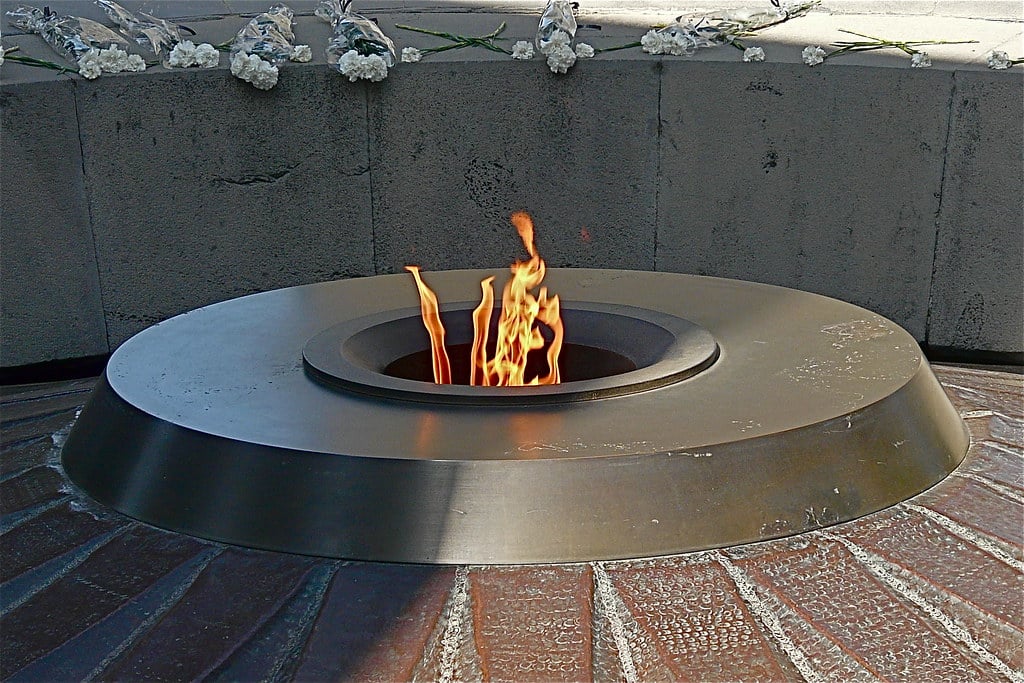
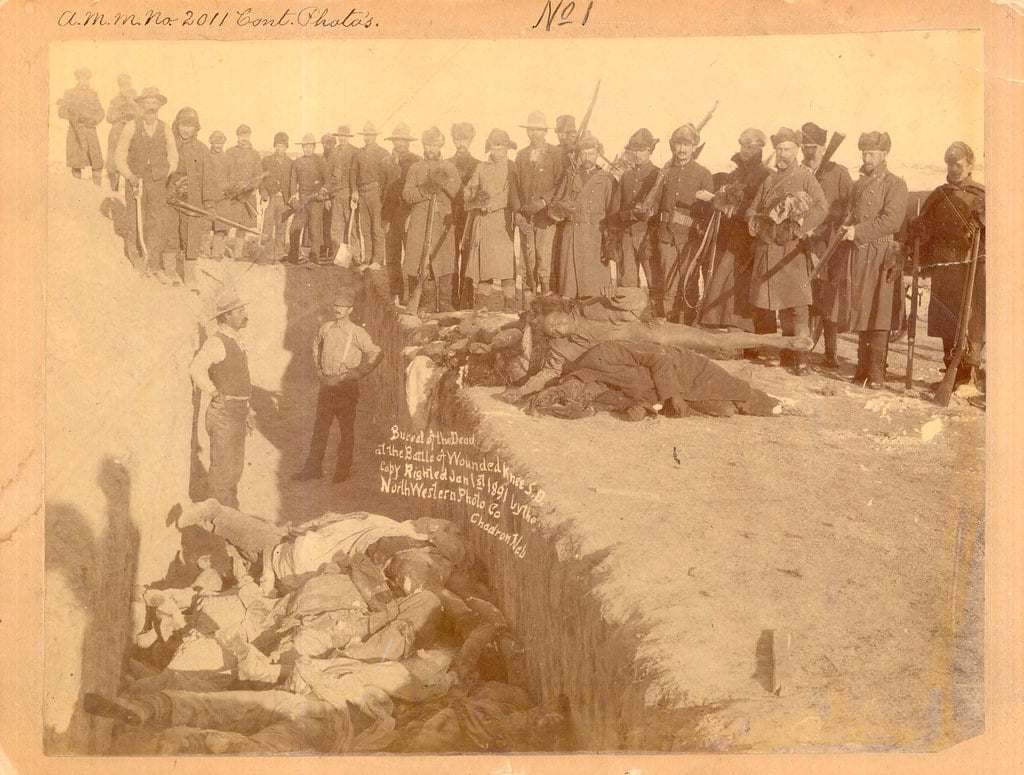
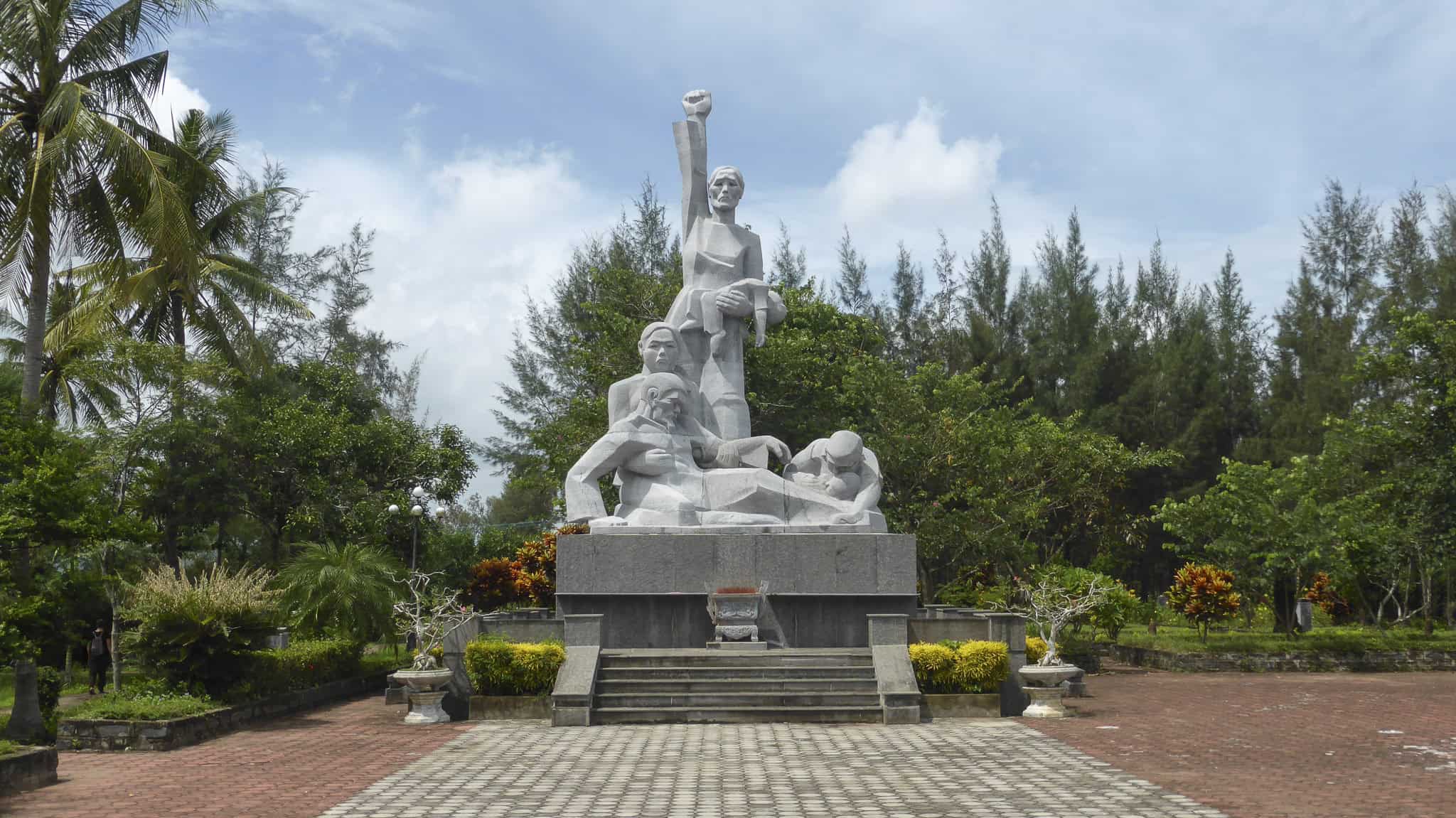
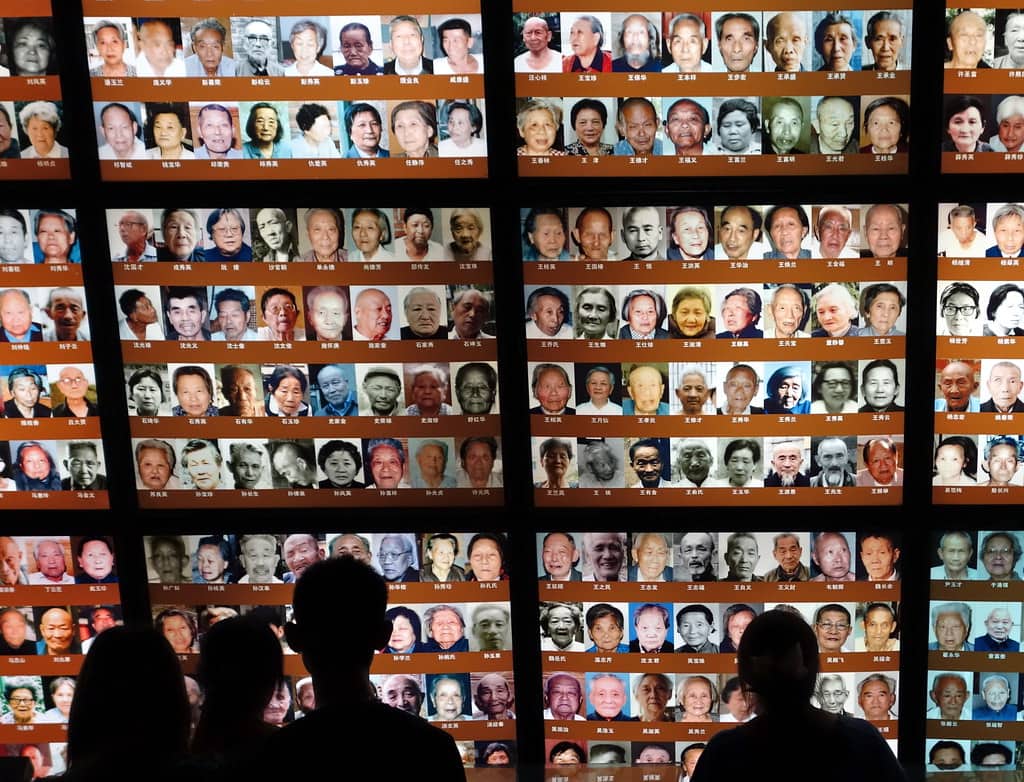

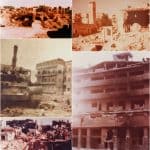
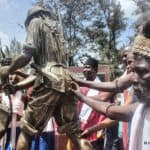
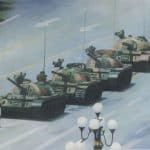


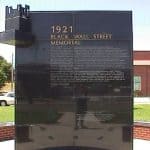
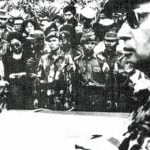
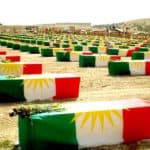
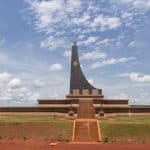

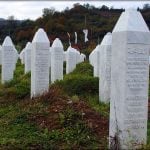
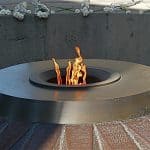
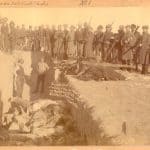
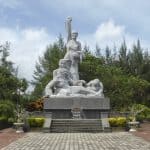
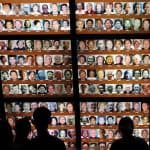
These Massacres Are Still Points of Controversy in World History
It’s an unfortunate truth that throughout history, humans have proven they are more than capable of doing unspeakable and awful things to each other. At the very top of the list of horrible things humans have done to each other are massacres. Whether caused by political, religious, or other motives, there is no question that these events are among the world’s most controversial moments.
15. Hama Massacre
Under the orders of Syrian President Hafez al-Assad, the Syrian Army took over the town of Hama for 27 days in February 1982. During this time, estimates of the number of civilians killed range from 10,000 to 25,000, with thousands more reported missing or disappeared.
The Syrian government did not investigate the incident, and when Bashar al-Assad came to power, he maintained his father’s silence on the matter. The Syrian government has never acknowledged any action that took place.
14. Mau Mau Rebellion
The British government is believed to have concealed evidence of killings that took place in Kenya during the Mau Mau Rebellion for decades. Between 1952 and 1960, as many as 20,000 Kikuyu Kenyans were killed during the conflict between Kenyan independence fighters and British authorities.
The British government has been accused of hiding evidence of torture and mass killings for decades. In 2013, they publicly expressed regret and established a fund for survivors.
13. Tiananmen Square
The massacre at Tiananmen Square, which has been completely erased from public memory in China, took place between April and June 1989. Unable to find a peaceful resolution with protestors, the Chinese government deployed troops to occupy the square, killing as many as 300 people and wounding as many as 2,000. China claims that military intervention was necessary, and photos from this event are among the most viewed in modern history.
12. Jeju Uprising
The South Korean government suppressed information about the Jeju Uprising for decades and killed as many as 30,000 civilians, about 10% of Jeju Island’s population at the time, between April 1948 and May 1949.
South Korea claims it took this action because the residents were considered communist sympathizers. It wasn’t until 2003 that South Korea took responsibility for these actions, while potential evidence indicating US involvement remains highly controversial.
11. Katyn Massacre
Between April and May 1940, the Katyn massacre claimed the lives of over 22,000 Polish military and police officers, as well as border guards, on the orders of the Soviet Union’s secret police under Joseph Stalin.
The Katyn massacre is named as such for the forest where the mass graves were discovered. The Soviet Union blamed Germany for the killings until 1990, after which it admitted responsibility, while Poland views it as a symbol of Soviet oppression.
10. Tulsa Race Massacre
With as many as 300 African Americans killed between May 31 and June 1, 1921, the Tulsa Race Massacre is one of the worst events in US history. A white mob attacked a prosperous African American neighborhood in Tulsa, burning businesses and homes while needlessly killing residents.
For years, this event was omitted from textbooks, and the actual death toll remains unknown.
Sadly, it was only in 2002 that schools in Oklahoma were required to teach students about the events.
9. Indonesia
Regarded as a large-scale mass killing, the Indonesian mass killings of 1965 to 1966 led to the death of as many as 1 million suspected communist sympathizers and ethnic Chinese. Following a failed coup attempt, the Suharto regime in power at the time looked to consolidate control and, with US and Western support, killed unionists, members of Gerwani (the Indonesian Women’s Movement), atheists, and leftists. The Indonesian government views the deaths as a necessity to combat communism.
8. Anfal Campaign
During the Iraqi-Kurdish conflict at the tail end of the Iran-Iraq war, the Iraqi military and leadership ordered attacks on the local Kurdish population under the Ba’athist regime.
Targeting mainly civilians, Iraqi President Saddam Hussein ordered attacks that included chemical weapons and aerial bombings. These events are recognized as a genocide by international bodies, though many Iraqis deny that any such events took place.
7. Cambodian Genocide
Under the leadership of Pol Pot, then the Prime Minister of Democratic Kampuchea, the Cambodian genocide took the lives of as many as 3 million between 1975 and 1979. This accounted for over 40% of Cambodia’s population in 1975.
The Khmer Rouge deny the genocide and its scale, claiming the deaths were due to famine. Openly discussing the massacre in Cambodia is forbidden.
6. Rwanda
Spread between April and July 1994, the Rwandan genocide took place during the Rwandan Civil War. Over these 100 days, members of the Tutsi ethnic group were killed by Hutu militias. Accounts vary, but it’s believed that as many as 1 million were killed, but scholars put the number closer to 500,000 to 600,000. Denial campaigns are prevalent, and many revisionists exist, which has hindered any chance of reconciliation among the Balkan states.
5. Srebrenica
Known as the Srebrenica massacre, this event was the July 1995 killing of over 8,000 Bosniak Muslim men and boys in the town of Srebrenica during the Bosnian War. Perpetrated by the Bosnian Serb Army, this is the first legally recognized genocide in Europe since World War II. Denial campaigns are prevalent, and many revisionists exist, which has hindered any chance of reconciliation by the Balkan states.
4. Armenian Genocide
Between 1915 and 1917, the Armenian Genocide took place, with the death toll ranging between 600,000 and 1.5 million. This was the systematic destruction of the Armenian people by the Ottoman Empire during World War I.
Over one million Armenians were marched toward death in the Syrian Desert, though many of these events are denied by Turkey. The country claims that the deaths were the result of “wartime chaos” and rebellion by the Armenian people.
3. Wounded Knee
On December 29, 1890, US troops from the 7th Cavalry killed up to 300 Lakota Indians, including men, women, and children, near Wounded Knee Creek in South Dakota. US troops claimed they were scared by the “Ghost Dance” movement the Lakota were performing, and initially indicated it was a battle between both sides. Early accounts sided with the troops, but many historians now view this as a massive overreaction by US forces that resulted in the massacre.
2. My Lai
Taking place on March 16, 1968, US Army soldiers from Charlie Company killed as many as five hundred Vietnamese civilians. Made up of primarily women, children, and the elderly, this massacre took place in My Lai as well as nearby villages and included both rape and mutilations.
The cover-up was swift, but a journalist exposed the truth in 1969, fueling additional anti-war sentiment in the US. The US attempted to portray the event as a fight against the Viet Cong, while soldiers claimed they were following orders.
1. Nanjing
At the top of the list is the Nanjing (formerly known as Nanking) massacre, in which the Imperial Japanese Army killed as many as 340,000 Chinese civilians and prisoners of war. Starting on December 13, 1937, and continuing for several weeks, as many as 80,000 cases of rape occurred, and denialism persists throughout Japan.
Some Japanese ultranationalists believe the massacre was either a fabrication or an exaggeration that has a death toll far lower than what historical scholars claim.
